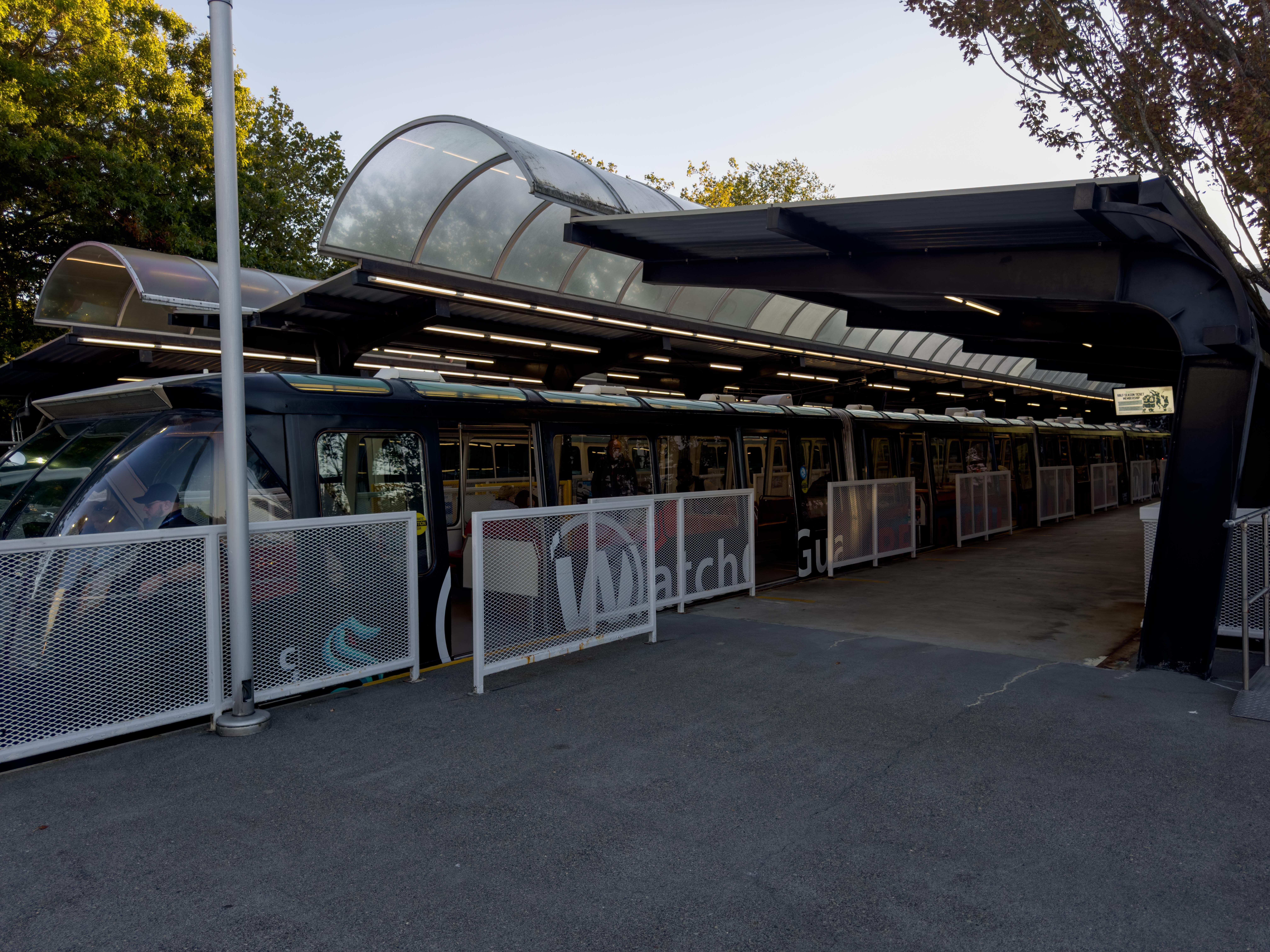Table of Contents
- Exploring the Chrysler Sports Car Revolution of the 90s
- Design Innovations that Defined Chrysler Sports Cars in the 90s
- Performance Features of 90s Chrysler Sports Cars: A Closer Look
- Comparing Iconic 90s Chrysler Sports Models
- Maintaining and Restoring Your 90s Chrysler Sports Car: Tips and Tricks
- Q&A
- The Way Forward
Exploring the Chrysler Sports Car Revolution of the 90s
The 1990s marked a transformative period for Chrysler, propelling the brand into the world of high-performance sports cars. The introduction of the Dodge Viper in 1992 set the stage for Chrysler’s audacious approach, merging American muscle with European refinement. With its 8.0-liter V10 engine, the Viper became a symbol of raw power, captivating enthusiasts and pushing the limits of performance standards. Beyond the sheer speed, it featured a striking design, characterized by its long hood and wide stance, which drew attention on and off the racetrack.
Another notable entry was the Plymouth Prowler, which debuted in 1997. Unlike anything else on the market, the Prowler’s retro-inspired aesthetics and custom hot-rod styling paid homage to classic American cars. Powered by a 3.5-liter V6 engine, it might not have boasted the same horsepower as the Viper, but its unique design made it a standout. The Prowler also engaged a niche audience of car enthusiasts who appreciated its avant-garde approach to automotive design:
- Unique open-wheel design
- High-quality materials
- Appeal as a collector’s item
Chrysler didn’t stop there; they also ventured into the realm of accessibility with the Dodge Stealth, a collaboration with Mitsubishi. This sports coupe featured sleek lines and advanced technology, appealing to those seeking performance without compromising comfort. Available with a turbocharged V6 engine, the Dodge Stealth catered to diverse interests, providing drivers with the thrill of sport driving combined with everyday usability.
| Model | Engine Type | Power (HP) | Release Year |
|---|---|---|---|
| Dodge Viper | 8.0L V10 | 400 | 1992 |
| Plymouth Prowler | 3.5L V6 | 253 | 1997 |
| Dodge Stealth | 3.0L V6 (Turbo) | 300 | 1991 |


Design Innovations that Defined Chrysler Sports Cars in the 90s
During the 1990s, Chrysler made significant strides in sport car design, showcasing an innovative blend of style and performance that captured the essence of the decade. The introduction of models like the Dodge Viper revolutionized not only Chrysler’s image but also the entire American sports car landscape. With its formidable V10 engine and aggressive styling, the Viper embodied power and speed, establishing a new benchmark for performance vehicles. This era highlighted Chrysler’s commitment to bold design that broke traditional norms and appealed to a younger, performance-driven demographic.
Another hallmark of Chrysler’s 90s design innovations was the sleek and futuristic styling of the Chrysler Prowler. With its retro roadster aesthetic and noticeable lack of a traditional front grille, the Prowler represented a daring departure from conventional sports car design. The exposed front wheels, combined with a lightweight aluminum body, not only improved aesthetics but also enhanced the vehicle’s handling and performance. This unique approach to sports car design was not only visually striking but also showcased Chrysler’s ability to challenge and redefine automotive norms.
The 90s also saw Chrysler embracing new technologies that enhanced both performance and safety. Vehicles like the Dodge Stealth, which featured advanced engineering and a turbocharged V6 engine, exemplified the integration of cutting-edge technology. Furthermore, innovations such as all-wheel drive systems in certain models provided improved traction and handling, making sports cars more accessible and enjoyable for a broader audience. This focus on marrying technology with the driving experience resulted in vehicles that were not only exciting but also practical.


Performance Features of 90s Chrysler Sports Cars: A Closer Look
The 1990s marked a pivotal era for Chrysler, as the company took significant strides in the world of sports cars. Models like the Dodge Viper and the Chrysler Crossfire featured groundbreaking performance capabilities that captured the essence of the American muscle car tradition. With powerful engines and sleek designs, these vehicles were equipped to dominate both the streets and racetracks.
Chrysler’s engineering prowess was evident in the cars of this decade, primarily through their use of advanced materials and technologies that enhanced both performance and handling. Many models showcased twin-turbocharged engines, responsive suspension systems, and aerodynamic profiles. Enthusiasts might also remember the exhilarating acceleration times and impressive top speeds which set these cars apart from competitors. Key features included:
- Improved aerodynamics for reduced drag
- Electronic fuel injection for optimal performance
- Advanced braking systems for superior stopping power
In the context of performance metrics, the competition was fierce. A quick glance at key statistics reveals how Chrysler’s offerings compared to contemporaries. Below is a table showcasing some of the standout performance features of these iconic vehicles:
| Model | Horsepower | 0-60 mph (sec) | Top Speed (mph) |
|---|---|---|---|
| Dodge Viper | 450 | 4.0 | 165 |
| Chrysler Crossfire | 215 | 6.0 | 155 |
Through technological innovations and an unwavering dedication to performance, Chrysler solidified its position in the sports car market during the 90s. This decade not only showcased the brand’s ability to excel in speed and agility but also laid the groundwork for future advancements in automotive engineering.


Comparing Iconic 90s Chrysler Sports Models
During the 1990s, Chrysler established itself as a manufacturer of innovative and thrilling sports cars that captivated enthusiasts and everyday drivers alike. The decade saw a shift in design philosophy, where bold aesthetics and high performance became the focal points of Chrysler’s sports lineup. Two standout models from this era were the Chrysler Dodge Viper and the Chrysler Prowler. Each car had its own unique characteristics, catering to different types of drivers.
The Dodge Viper emerged as a true powerhouse on the road, boasting a 8.0-liter V10 engine that generated an exhilarating 400 horsepower. Its aggressive styling, marked by the iconic long hood and broad stance, made it instantly recognizable. Performance was paramount, with a top speed exceeding 165 mph and the ability to accelerate from 0 to 60 mph in just 4 seconds. Below are key features of the Viper:
- Horsepower: 400 hp
- Engine: 8.0L V10
- Top Speed: 165 mph
- Acceleration (0-60 mph): 4 seconds
In contrast, the Chrysler Prowler offered a completely different vibe, combining retro aesthetics with modern engineering. This roadster was a nod to the classic hot rods of the past, complete with exposed wheels and a sleek body. Powered by a 3.5-liter V6 engine, it produced a respectable 253 horsepower. While it didn’t match the Viper’s raw power, the Prowler was all about style and finesse, achieving a unique driving experience characterized by its lightweight frame and exceptional handling. Below are some core specifications:
- Horsepower: 253 hp
- Engine: 3.5L V6
- Top Speed: 126 mph
- Weight: 2,800 lbs


Maintaining and Restoring Your 90s Chrysler Sports Car: Tips and Tricks
Owning a Chrysler sports car from the 90s is a thrilling experience, but maintaining its performance and appearance requires dedication. Regularly checking the engine, transmission, and suspension components is crucial. A routine maintenance schedule can prevent minor issues from becoming costly repairs. Focus on these key aspects:
- Engine Oil: Change the engine oil and filter every 3,000 to 5,000 miles to ensure smooth operation.
- Cooling System: Keep an eye on coolant levels and flush the radiator every two years to prevent overheating.
- Brakes: Regularly inspect brake pads and rotors to ensure safe driving conditions.
When it comes to restoring a 90s Chrysler sports car, understanding its unique parts and sourcing quality replacements are essential. Many owners find it useful to join enthusiast clubs or online forums to share tips and resources. Consider the following recommendations:
| Replacement Part | Source |
|---|---|
| Suspension Bushings | Local Auto Parts Store |
| Body Panels | Online Specialty Retailer |
| Interior Upholstery | Custom Auto Upholstery Shop |
Lastly, one of the most enjoyable aspects of owning a classic Chrysler sports car is the personalization options available. Upgrades can enhance both performance and aesthetics. Consider adding a modern stereo system for improved sound quality or updating the wheels for a fresh look. Remember to balance between preservation and customization; maintaining factory parts helps keep the classic appeal intact while ensuring your vehicle remains roadworthy.




0 Comments